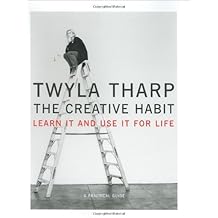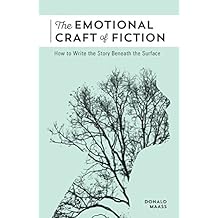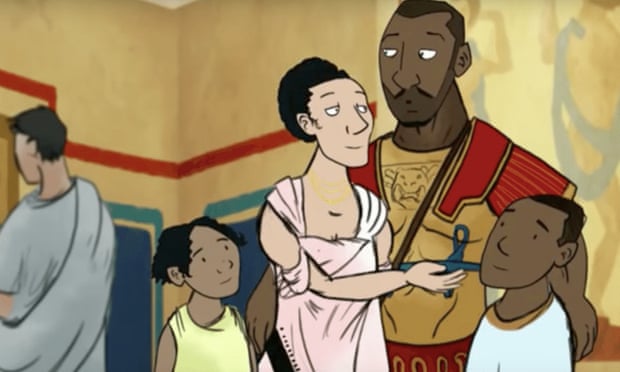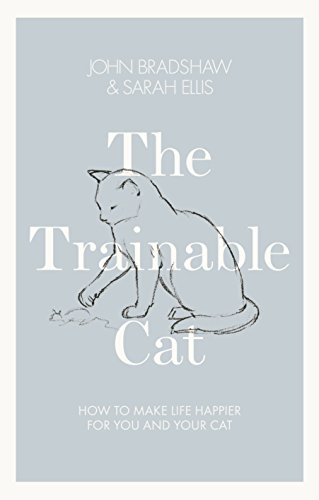The other day I discovered that I mess with my children’s
notions of Christmas traditions at my peril. That my children are all in their
twenties does not seem to make a difference. They want Christmas as they
remember it rather than allowing me to tweak or change things that I feel have
become outmoded or past its sell by date. I had not realised that my actions as
a young mother to make my life easier would have consequences for my older
self!
 |
| My advent calendar with instruments not in the proper order |
My latest transgression involved the advent calendar. The
calendar I use is the one my aunt gave me when my children were tiny. She sent
it as a present from California as I had complained that UK advent calendars
were not up to much (at the time they were very different to US ones and filled
with cheap chocolate) My daughter who is now 26 was a babe in arms. It involves
sticking Velcro backed musical instruments on to a tree of angels. When they were young, I put the instruments in
the various pockets in a specific order to make it easier for me. Over the
years about 5 have gone missing. This year, I decided as I was the person who
would be doing the advent calendar, I would put them in random order and have
the blank ones at the start. Cue outrage from my daughter who then texted my
sons to complain — I had changed the tradition. Same advent calendar but it
bothered her in a way I’d not anticipated. I am afraid she is going to have to
deal with a new tradition as I find it fun and I am the one putting up most of
the instruments, but I had not understood how important she felt the putting up
in a specific order was.
I suspect that it is how traditions get started — people do
things because it makes their life
simpler at the time but then the reasoning behind the decision becomes
forgotten and the action becomes written
far larger than the originator intended.
As a historical romance author who has written about
Christmas (the Victorian set A Christmas Wedding Wager and the Viking
set Sent as the Viking’s Bride),
I love investigating the traditions of Christmas — where they came from and
what their first meaning were. It has
long been my belief that one of the stronger parts of Christianity is its
willingness to embrace different cultures and to allow them to celebrate in
familiar ways. This certainly proved the
case with the Vikings. We owe things like yule logs, wassailing, wreaths and
the eating of ham/pork to them.
A Christmas Wedding Wager is set in early Victorian England just
after Charles Dickens reinvented Christmas with A Christmas Carol and it was
lovely to find out the why of certain British Christmas traditions. Having
grown up near San Francisco, I used to go to the Dickens Christmas Fayre but the
actual British Christmas I experienced when I first moved over here was very
different. I will admit that at first I struggled because I thought (and
sometimes still do) that Americans, particularly Northern Californians keep
Christmas a more agreeable way. It took me a number of years to get my head
around mince pies at every gathering, flaming Christmas puddings and iced
Christmas cakes which are made months before as well as Christmas crackers with
silly jokes and paper crowns. After 31 years of living here though, they have
become part of my Christmas tradition, including the British way of wishing
people a Merry Christmas.
I like to think the Christmas season is more
enjoyable because of those long-standing traditions. And it is equally good that we are constantly
adding new traditions or ways of celebrating as families grow and change.
However, you celebrate with traditions old, new and as yet
undiscovered — may I wish you a Happy Christmas and a Joyous New Year.
Michelle Styles writes warm witty and intimate historical romance for Harlequin Historical in a wide-range of time periods. Her most recent A Deal with Her Rebel Viking was published at the beginning of December. Her next book Conveniently Wed to the Viking which is the 3rd book in the Sons of Sigurd Harlequin Historical continuity series will be published in July 2020. You can find out more about Michelle and her books on www.MichelleStyles.co.uk







































